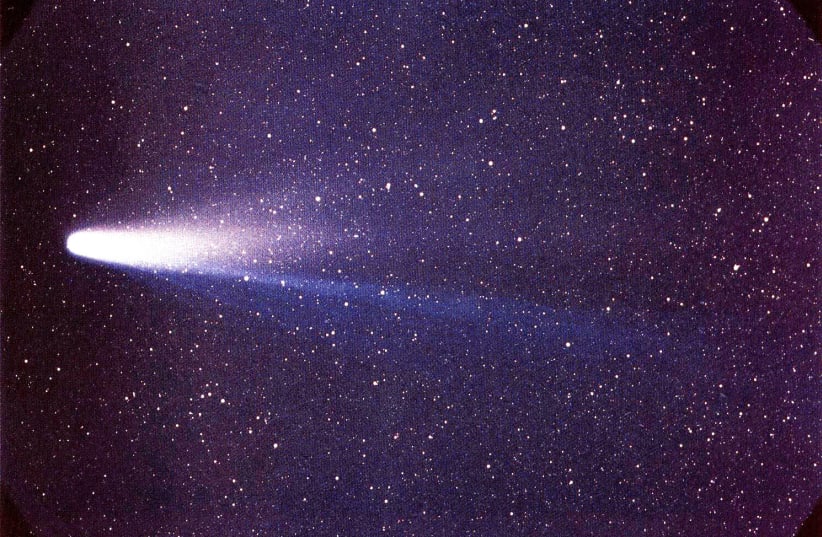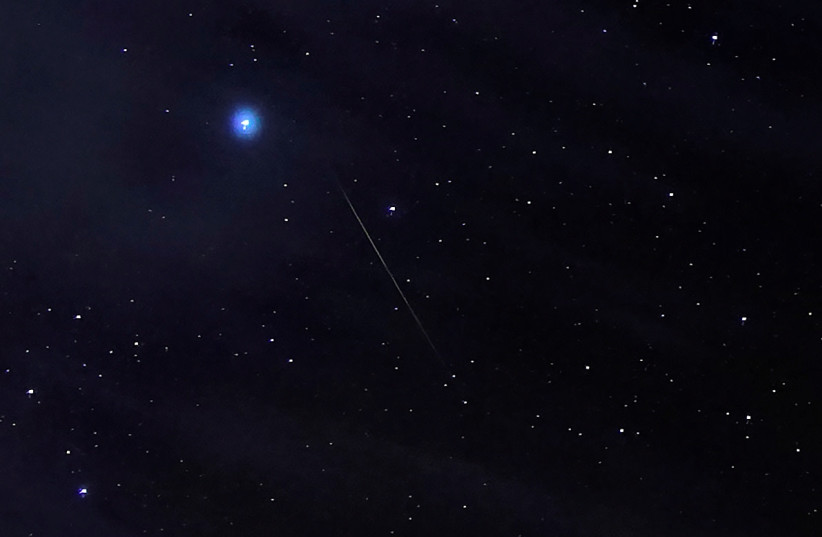The James Webb Space Telescope is projected to pass by debris left behind by Halley's Comet in May 2023 and May 2024, according to Forbes.
Although the telescope is not expected to collide with the comet, scientists are researching solutions to mitigate the potential damage caused by dust and other particles left in the wake of the comet, Forbes reported.
According to the report, NASA operators could pursue a number of actions in order to minimize potential damage, such as maneuvering the telescope to point away from the debris in order to avert damage to the mirrors on the instrument.
In order to determine the conditions that the telescope may encounter, researchers at the Marshall Space Flight Center in Huntsville, Alabama are working on meteor shower forecasts.
According to Forbes, both the Eta Aquarids and the Orionids meteor showers are caused by the stream of dust left behind by Halley's Comet.
Previous damage
In May 2022, the James Webb telescope was struck by meteor fragments, causing permanent damage to some of the instrument's mirrors, according to the Forbes report.

